2025 TESA Nominee Profile: Ontario— Van Osch Farms Ltd.
- CCA

- Aug 11
- 6 min read
Proper land stewardship supports efficient beef production
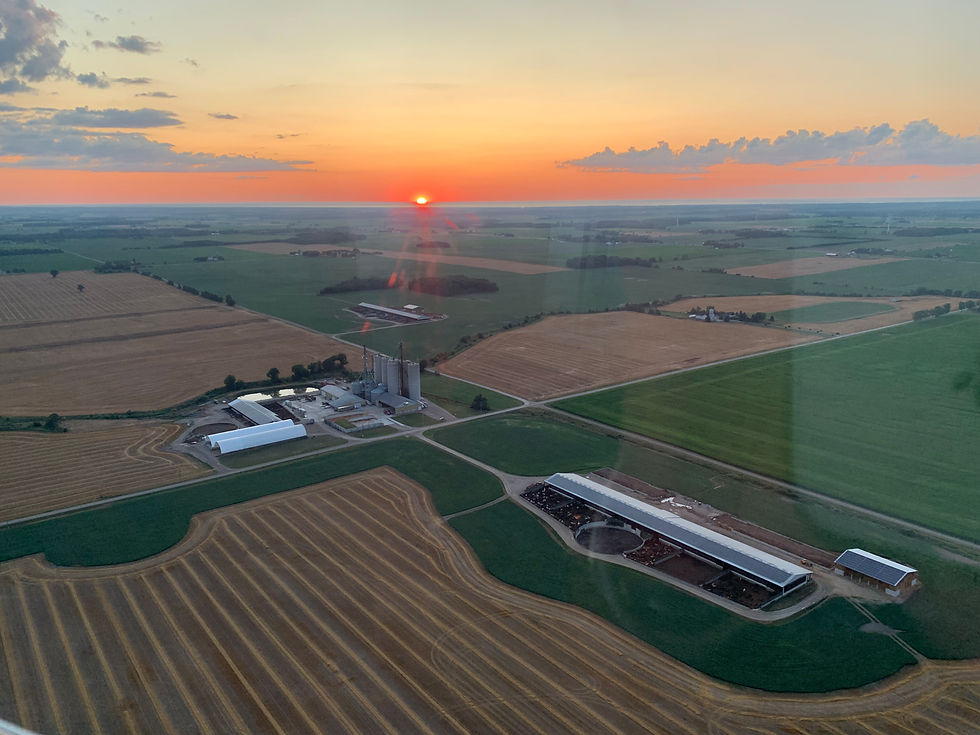
The Van Osch family is in the business of producing high-quality beef on their third-generation southern Ontario farm, but they've learned over the years that beef production doesn't happen without also looking after the soil and protecting the natural resources, which are the foundation of their sustainable farming operation.
"Environmental considerations can take more time and aren't always the cheapest option,” says Brendon Van Osch who along with his cousin Kurt and their respective dads, Fred and Gerald, own and operate Van Osch Farms Ltd., in Middlesex County, northwest of London, Ontario. “But in the long run, proper land and livestock stewardship practices contribute to a more productive and profitable farming business."
"If the soil is productive, that certainly contributes to a more efficient cattle feeding operation," says Brendon. "And if your cattle are properly housed and fed, that optimizes overall beef production. We apply the best practices we can to our cropping operation as well as to animal welfare."
Their commitment to the environment and sustainable farming practices earned Van Osch Farms recognition as the Beef Farmers of Ontario nominee for The Environmental Stewardship Award (TESA) for 2025.
The farm was started by Harry and Paula Van Osch, who immigrated to Canada from Holland in 1954 and settled in the Crediton area. They started out in the dairy business, but later, as two of their children, Fred and Gerald, got involved, the farm transitioned to a beef feedlot in the late 1970s.
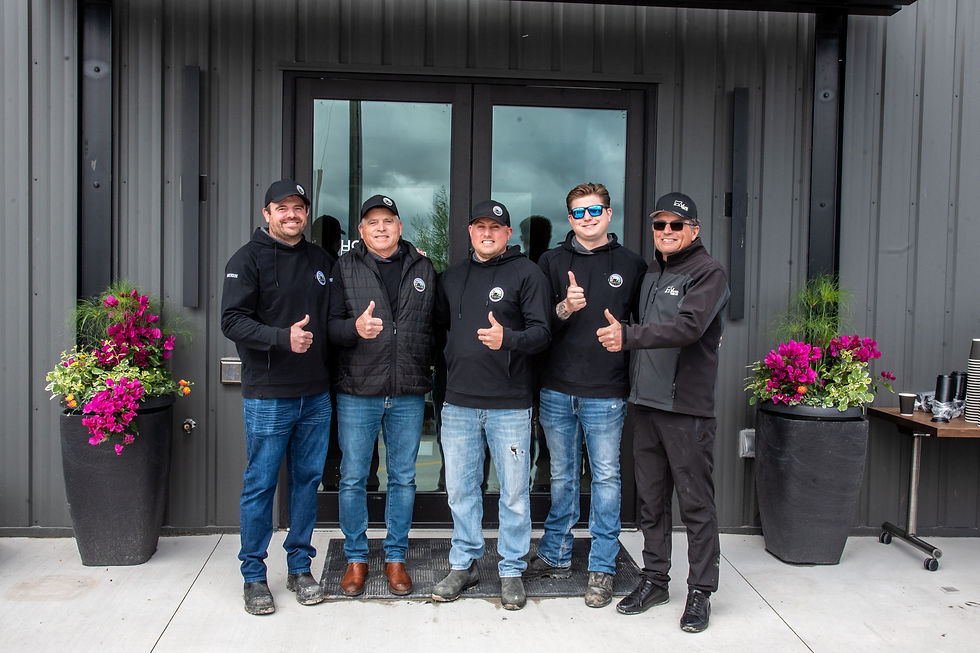
Today, with Brendon and Kurt joining the operation, the farm includes an 11,500-head capacity feedlot as well as 10,000 acres of annual cropping. Along with the Van Osch family, the farm also employs 15 people.
In 2020 (during the COVID-19 pandemic), working with a local abattoir, Parkhill Meats, they launched an online meat retail business. That was partly so they could source beef for their own use, but also to meet a local demand for quality beef. They further expanded the value-added enterprise in May 2025 as they built a new office that included a new 2,000 square foot on-farm retail outlet selling frozen beef as well as other high-quality, locally made products.
The Van Osch farm sources feeder cattle throughout the year. The majority are dairy-cross calves bought from local producers. They source as many as they can from producers who are certified through the Verified Beef Production Plus program. And, particularly in the fall, they bring some feeder cattle in from Saskatchewan and Manitoba. Most calves are within the 500 to 800 pound weight range, although they do buy some 900 to 1,000 pound yearlings in the spring. All are fed through to finishing.
The feeder cattle are fed 100 percent corn-based rations that include high moisture corn, wet distiller’s grain from a local ethanol plant, and corn silage for roughage. Feeders are also supplied mineral mix with a micro pack with all required vitamins and minerals. Calves are fed a four-stage ration. The starter ration has more roughage (silage) and as the ration steps up over the feeding program, they finish with a higher energy ration that still contains some roughage.
Van Osch Farms has developed its own system for housing and feeding cattle through the changing seasons of the year. Feeder calves are distributed across five facilities, each with a large open barn. The cattle are placed in the barns, then separated into pens of 250 to 400 head. Each pen provides feeders with access to inside and outside options as they prefer, all with access to food and water. There are curtains to control airflow on the north side of the barns, with the south side open to the outside cattle yard.
The barns have been upgraded to be more efficient. That includes integrating new technologies like recirculating water bowls to eliminate power use; use of solar powered cameras to monitor feed bunks and minimize feed waste; and a state-of-the-art handling facility. There is additional pen space used to segregate cattle as needed which helps to minimize use of animal health products and improve cattle care and comfort. There are automated controls with remote access to all facilities to ensure barns are being as energy efficient as possible. The farm also planted about 1,000 cedar, spruce and maple trees as a windbreak around the barns.
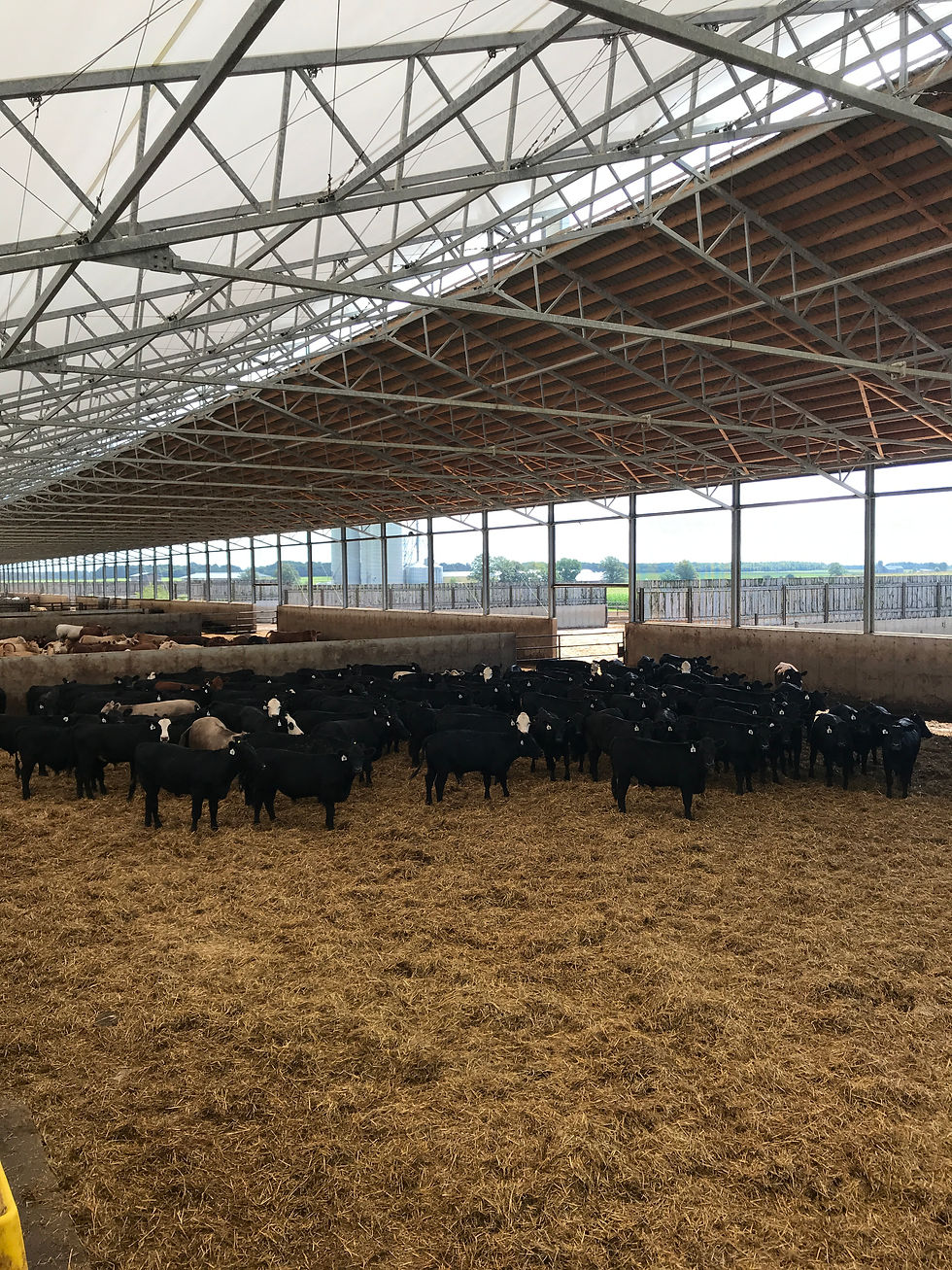
The expanse of barn roofs also accommodated an investment in solar panels that are estimated to produce enough energy to supply the annual power consumption of 80 local households, while offsetting 924 tonnes of carbon dioxide emissions.
"We usually have plenty of rainfall and snow, along with hot, humid days in the summer," says Brendon. "The cattle have their choice to be inside in poor weather or if they want shade, or outside in the yard."
The barn inside pens are well bedded with wheat straw. All of the concrete flooring is grooved to provide good footing. Dry manure and bedding are cleaned weekly out of the barns and put into cement storage bunkers, while the outside yards are slightly sloped which allows the manure to be collected and stored in liquid manure pits.
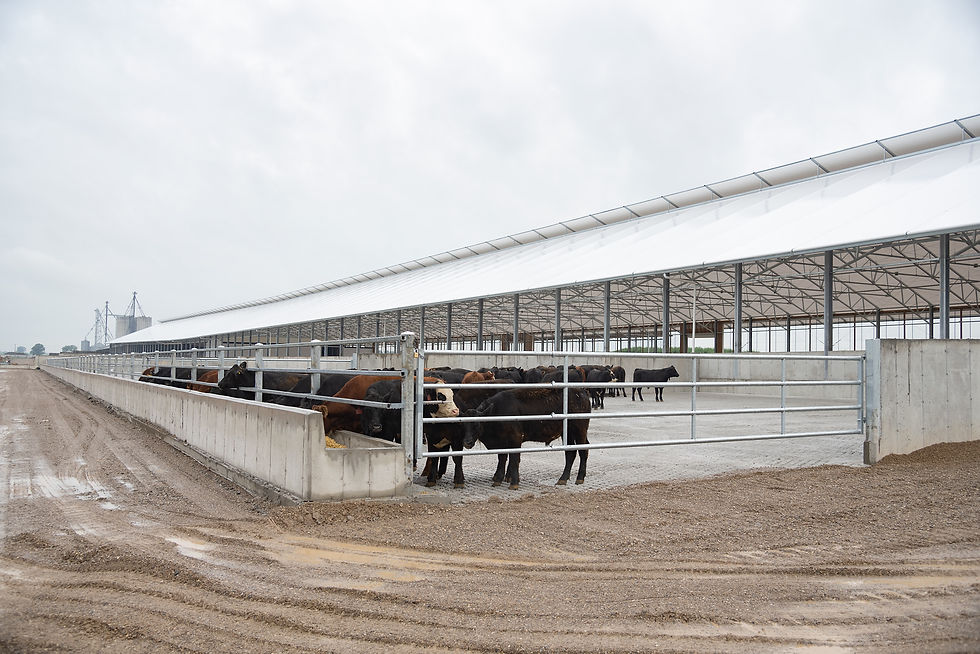
"We believe that the most sustainable way to produce beef is to maximize our land base to produce the feed for our animals, the bedding for their pens, and to utilize the manure as a valuable nutrient source to improve our soil health," says Kurt.
Manure management is one of the top priorities on the farm, guided by an Environmental Farm Plan as well as a provincially recognized Nutrient Management Plan. With the capacity to store manure for one full year, manure is applied to annual cropland in summer, usually on winter wheat stubble and incorporated with a tillage pass. With about 4,000 to 5,000 acres seeded to corn most years, the rest of the rotation includes winter wheat, edible beans, and soybeans.
"By utilizing our manure as a nutrient source, we reduce our dependence on synthetic fertilizer while at the same time improving the health and resiliency of our soil," says Kurt. "We know that the most productive land is the land that has something alive on it. This is why we utilize cover crops between our regular cropping seasons—to feed our second-most important livestock… the critters that call our soil home."
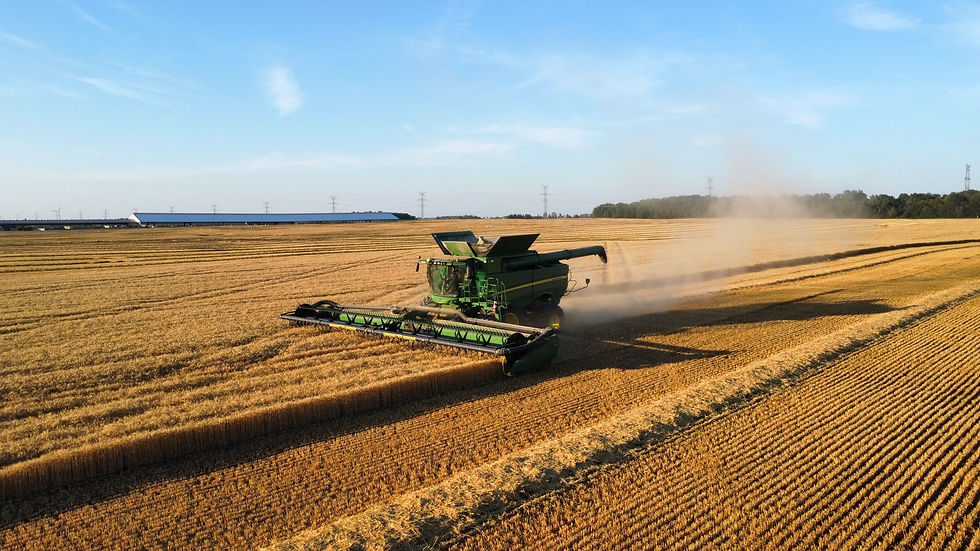
As the annual crops are harvested, a cover crop blend that includes peas, oats, faba beans, buckwheat, and sunflowers is seeded to protect the soil from wind and water erosion. The legumes add nutrients to the soil, while the rooting systems improve soil texture. As the residue of cover crops is worked into the soil before spring seeding, it contributes to organic matter. As the water holding capacity of the soil improves, it helps to prevent runoff into watersheds and improves water quality for aquatic species.
"Without our land base to keep the soil fertile, we wouldn’t be able to sustain our feedlot for future generations," says Kurt.
Along with applying manure, regular soil testing helps to guide the variable rate application of synthetic fertilizer—applying fertilizer at the proper rate where the crop and land need it. The farm has also established buffer zones between cropland and creeks to protect water quality.
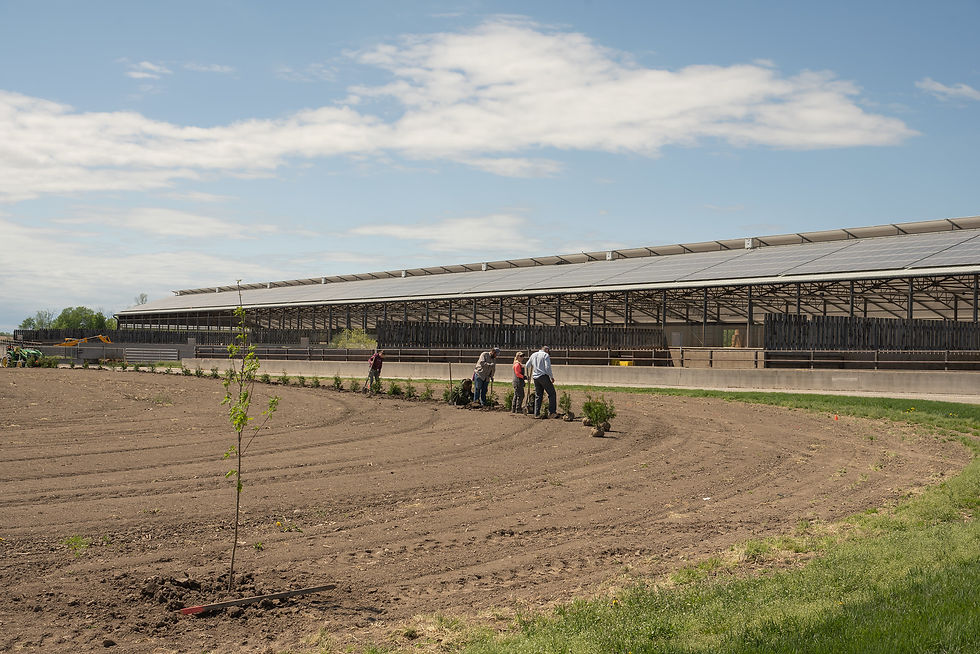
John Baker, Director of the Ontario Beef Market Development Program, who works closely with Van Osch Farms, says one factor contributing to the success of the farming operation is their willingness to consult with outside expertise.
"They work with a number of specialists, including an agronomist for crop planning and management of soil fertility," says Baker. "And in recent years have worked with Feedlot Health Management Services, now Telus Ag, to provide consulting services on feeder cattle health and nutrition.
"They have also participated in a number of industry programs such as Verified Beef Production Plus, and are certified under the Canadian Roundtable for Sustainable Beef, Ontario Corn Feed Quality Assurance Program. The farm is also involved with the Ontario Soil and Crop Improvement Association and the Ausable Bayfield Conservation Authority. They realize the value of using third-party expertise, programs, and resources to improve the overall efficiency of their farming operation, which helps to reduce their environmental footprint."
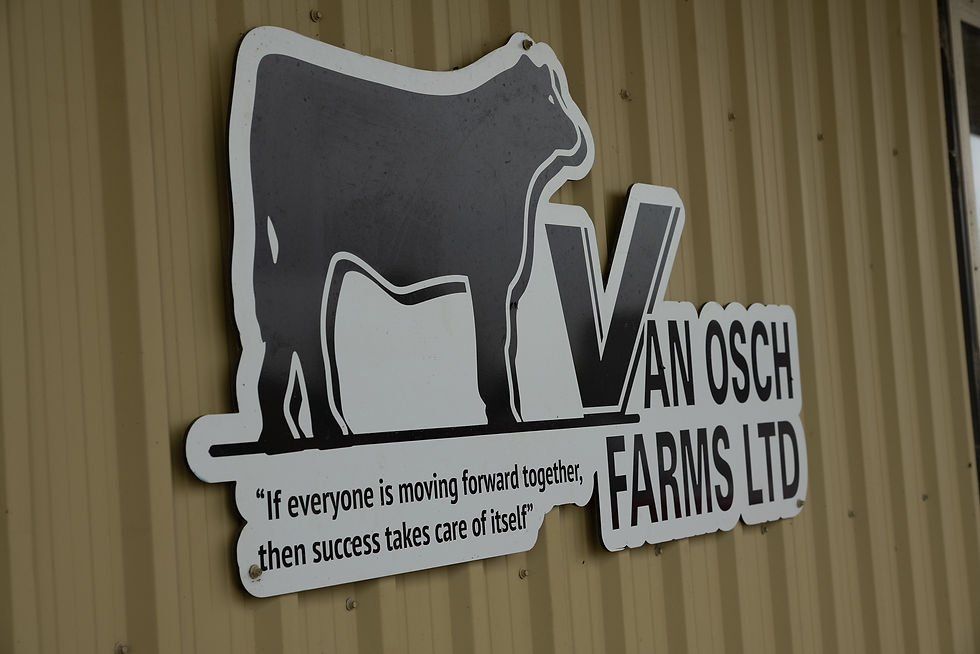
Following an holistic management approach, the farm produces high yielding crops and an efficient and profitable cattle feeding program while at the same time being home for many species of wildlife such as deer, coyotes, rabbits, fish, several different species of birds, and many other wildlife that are all part of a balanced and efficient ecosystem.
"It takes partnerships and collaboration with specialists and various agencies to enable improvements, and we strongly believe that if everyone is moving forward together, then success takes care of itself," says Kurt. "We take the sustainability of our farm very seriously and utilize farming practices that ensure the soil and the natural environment are protected for our future generations, as our past generations did for us."
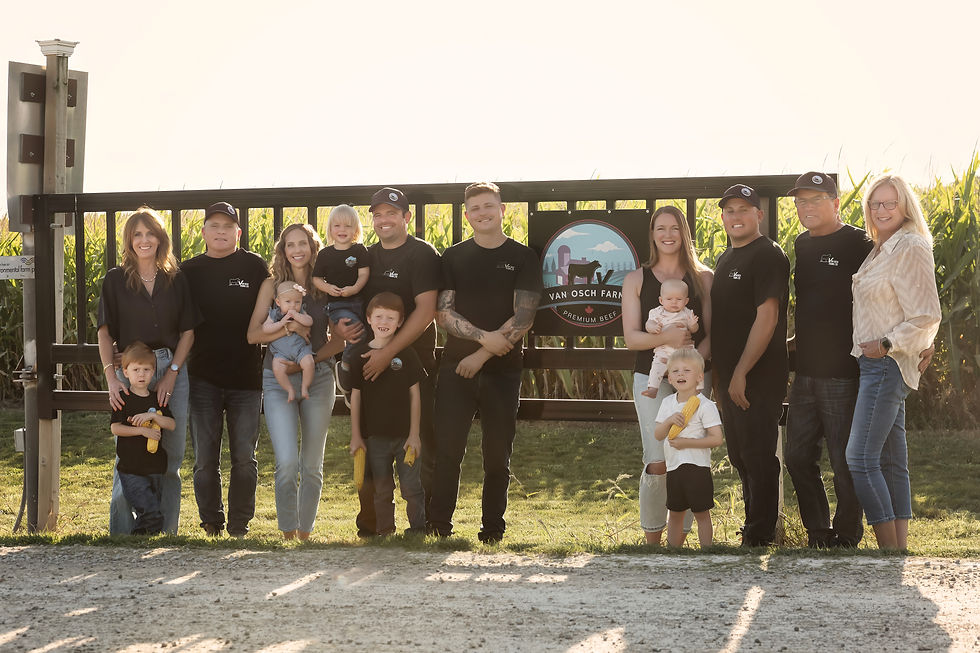















Comments